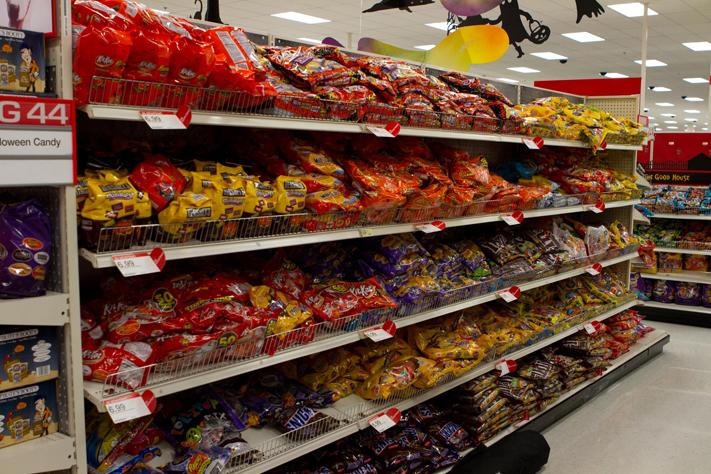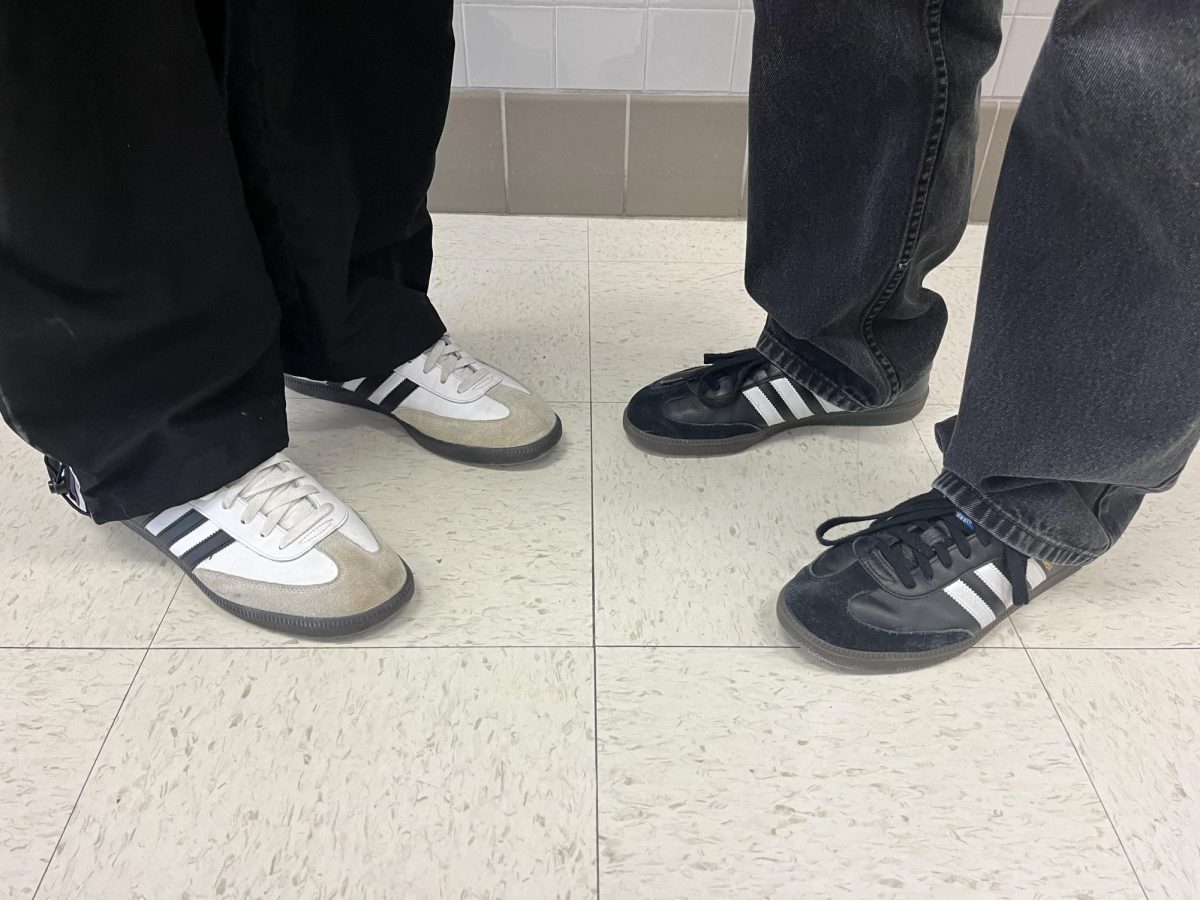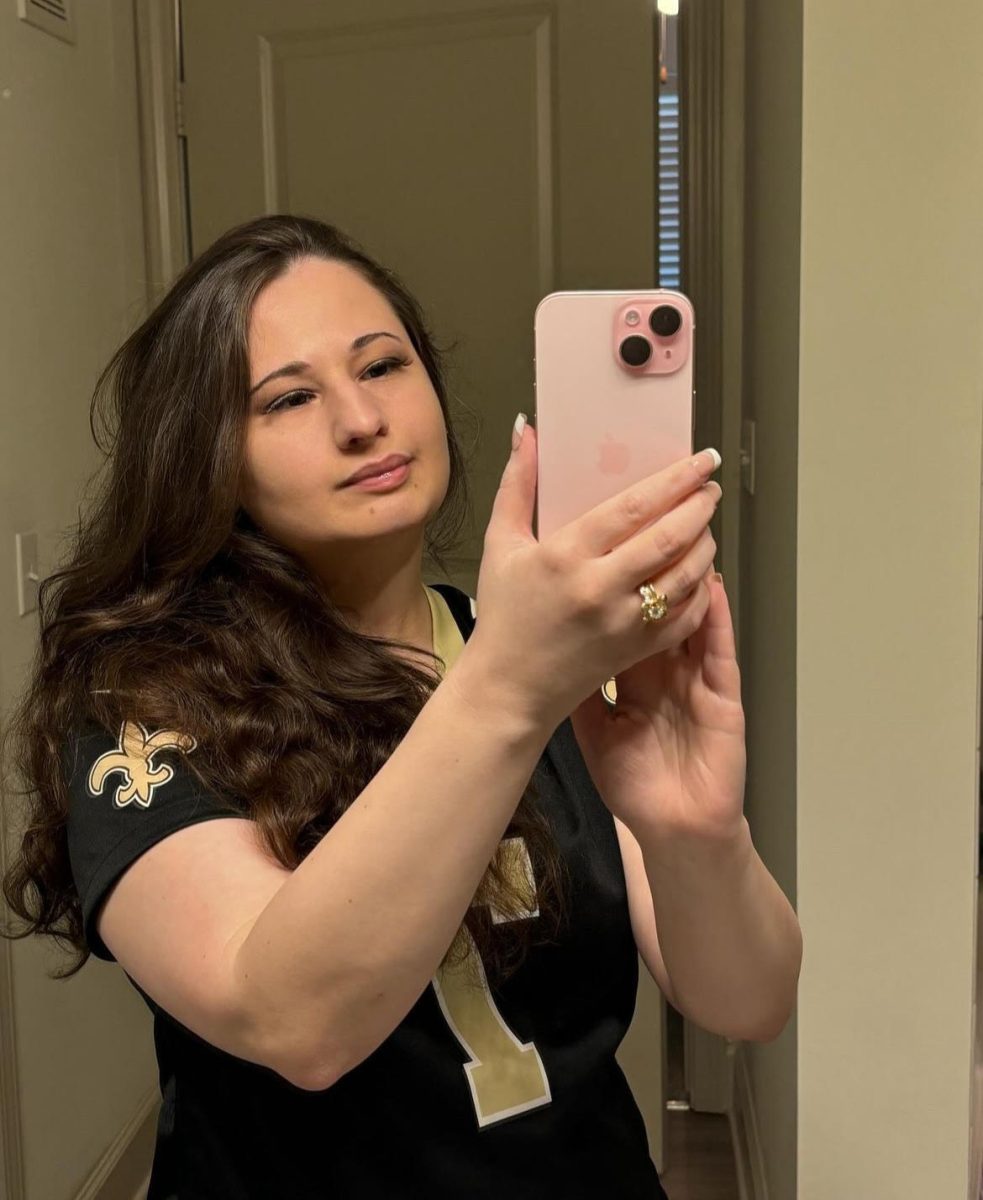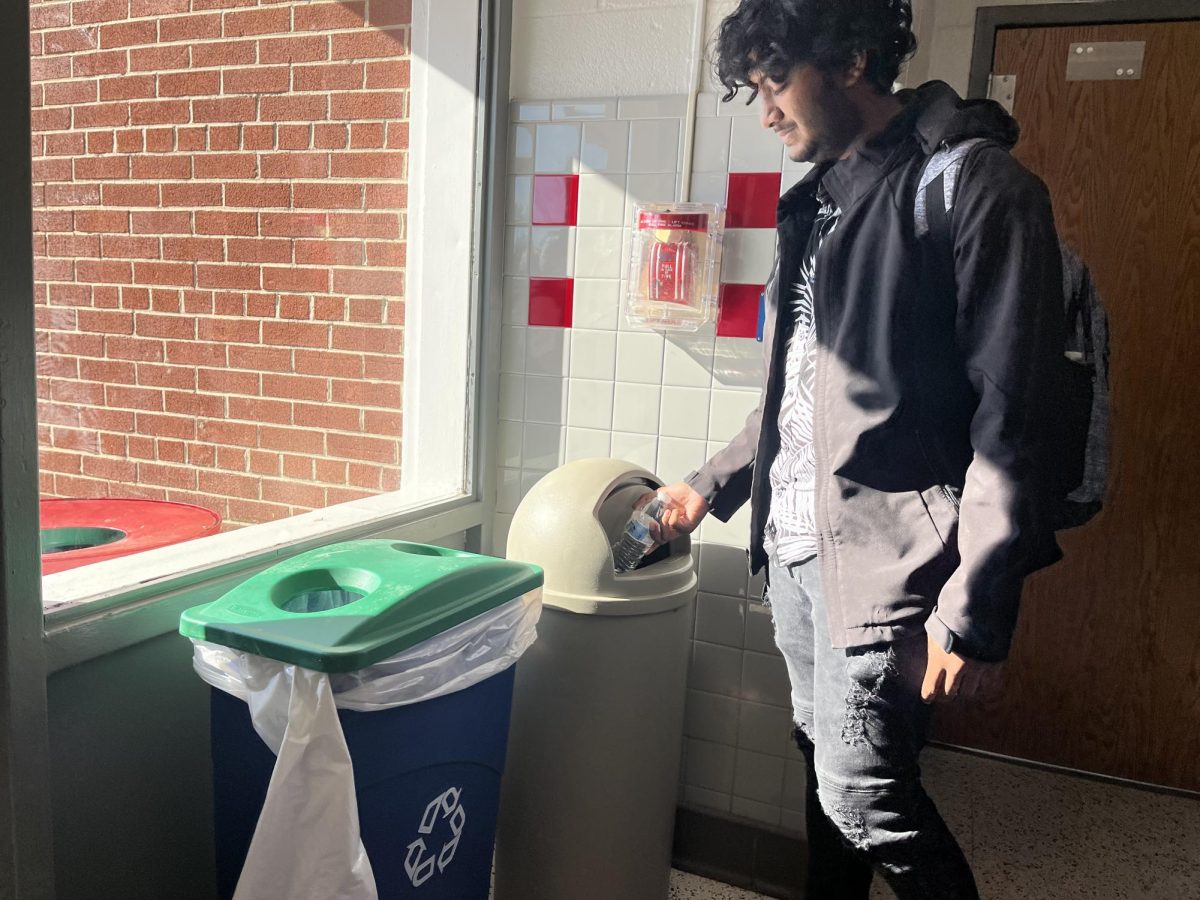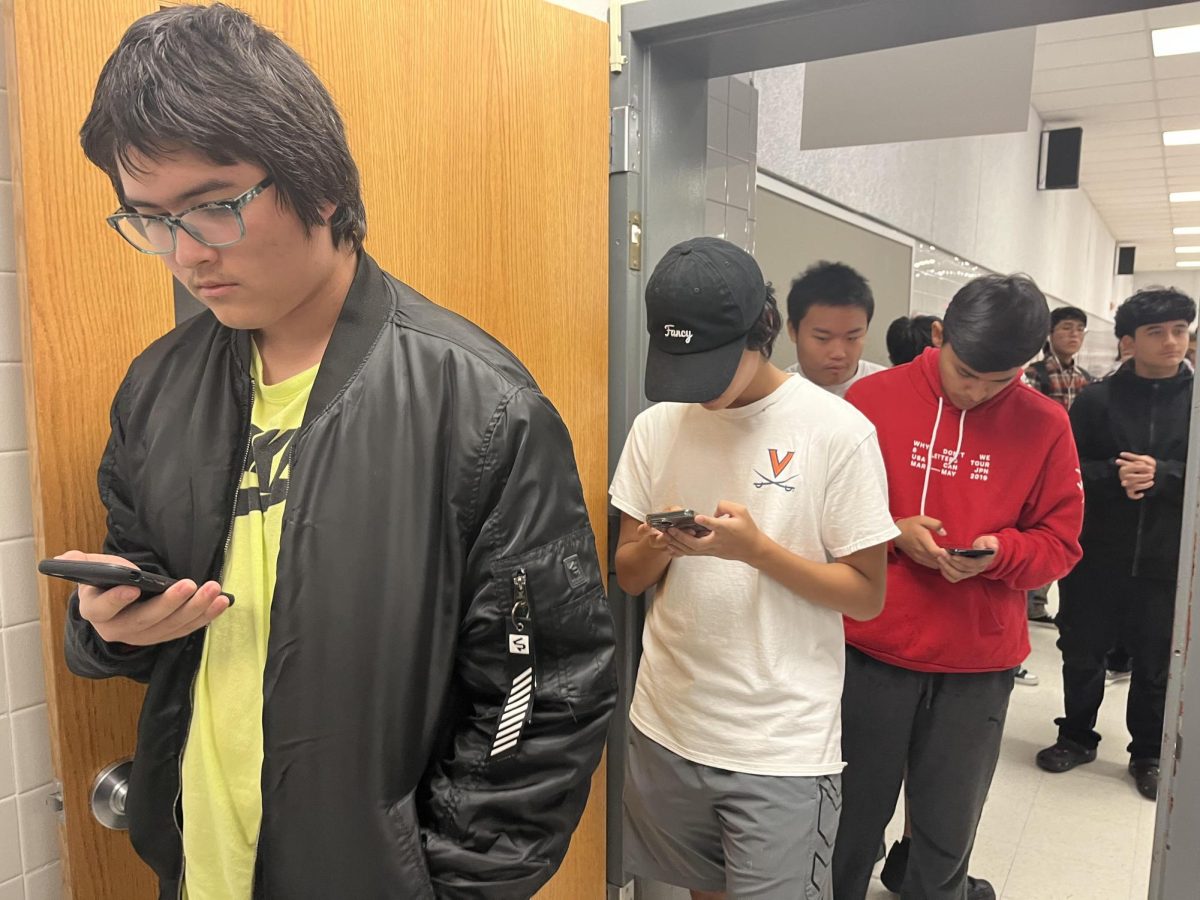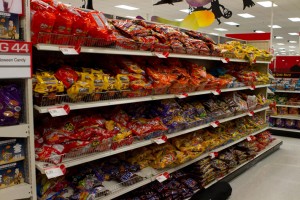 As you sit down after a long day at the pumpkin patch, you turn on the television and flip through Halloween special after Halloween special, searching for something to tune into. Pumkpin pie and apple cider in hand, you finally settle on Tim Burton’s The Nightmare Before Christmas, a Halloween classic since 1993.
As you sit down after a long day at the pumpkin patch, you turn on the television and flip through Halloween special after Halloween special, searching for something to tune into. Pumkpin pie and apple cider in hand, you finally settle on Tim Burton’s The Nightmare Before Christmas, a Halloween classic since 1993.
As the film begins, you reflect on your productive day, spent putting up decorations and buying a costume for the holiday ahead. The date is October 1, and yet Halloween is already in full swing.
Flash forward to now, the day after actual Halloween night and the conclusion of what has developed into a month-long celebration of ghosts and ghouls. What originated as a simple Celtic festival has become an over-hyped, commercialized holiday, transforming from a single night of fright and fun into a drawn-out extravaganza.
Don’t get me wrong, I love Halloween and almost everything about it. In fact, I have always enjoyed the month-long celebration that it has become, whether that entails visiting a pumpkin patch, watching Halloween productions or simply going trick-or-treating with friends and family.
What I do not like, however, is the fact that Halloween tradition has been replaced by consumption and competition on the behalf of those who celebrate it.
First of all, Halloween has become commercialized in more ways than one, as reflected by consumer spending in preparation for the holiday. According to data released by the National Retail Federation (NRF) and BIGresearch this October, the average person will spend $72.31 on Halloween candy, costumes and decorations this year, adding up to $6.86 billion in total Halloween spending.
Such numbers are ridiculous, especially considering the state of the United States economy and the fact that Halloween does not even involve an exchange of gifts. Candy is largely inexpensive and decorations for the holiday can be reused year after year, eliminating any need to spend large amounts of money on Halloween.
So, if candy and decoration expenses are largely unnecessary, what makes Halloween so expensive?
The answer to this question lies within another problem regarding Halloween in the twenty-first century: the holiday no longer revolves around homemade costumes, handmade decorations and good ol’ family fun.
People in this day and age are unwilling to take the time to fashion their own costumes and create their own decorations, just one reason why Halloween spending is so high. Not only does this take some fun out of the holiday, but it also makes it less personal, eliminating the festival’s family aspect.
Halloween’s divergence from family tradition is also seen through the many activities that have become part of the month-long celebration. Such activities include trips to pumpkin patches and haunted houses, in addition to parties that people organize to celebrate the holiday. These events occur throughout the month of October, in turn lessening the significance of Halloween night itself.
Furthermore, even though many families participate in these activities, they occur with such frequency that they are no longer distinct celebrations of the holiday. They have become more associated with October than with Halloween itself, diminishing both the excitement and creativity behind Halloween tradition.
So, the next time you tune in to hear Jack Skellington sing “This is Halloween,” remember that the Halloween of the twenty-first century is anything but the holiday it should be.



